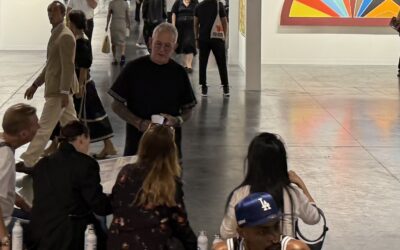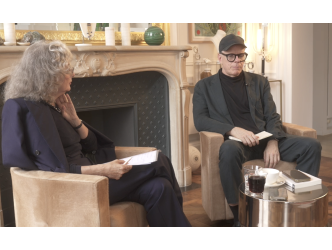Letizia Battaglia
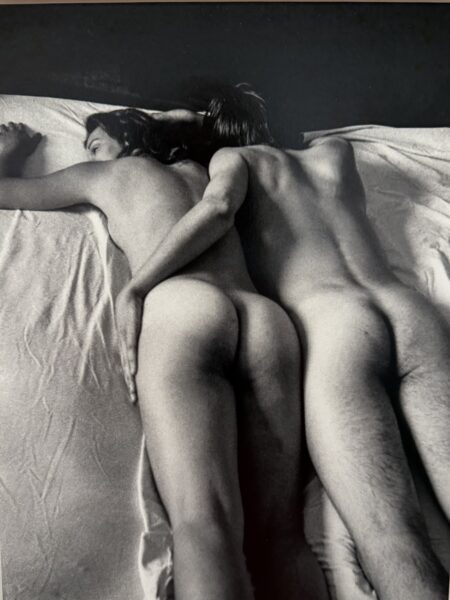
Letizia Battaglia
Often, when artists first begin documenting their lives through photography, they naturally start by capturing their happy days. But what comes next—in both their work and their lives—usually ends up telling another story. Case in point: Letizia Battaglia (1935-2022) was a great Sicilian black-and-white photographer known for her heroic fight, through images, against mafia violence.
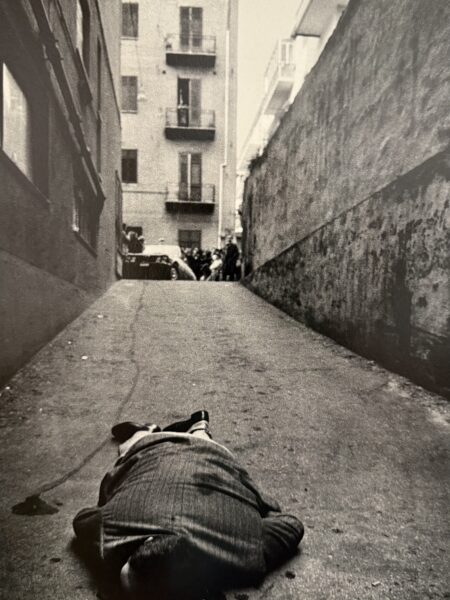
Letizia Battaglia
Camorra’s thunder
But when she first picked up a camera in the early 1970s, what she chose to show were scenes of youth steeped in ideals and love. A gorgeous naked couple sleeps face-down on a bed; Pasolini speaks passionately at a conference… It’s the height of the “Peace and Love” era, even as the Camorra’s thunder is already rumbling through the streets of Palermo, leaving bloodied corpses in its wake. In Arles, during the 56th edition of the “Rencontres” photography festival, Battaglia’s photojournalistic work is on view alongside the rest of her oeuvre.
Christoph Wiesner
Christoph Wiesner, the director, explains this year’s Rencontres de la Photographie program.
David Armstrong
It is one of the major highlights of the 47 exhibitions spread across the city. Of course, in such a vast program, some shows are inevitably lighter fare than others, but visitors will discover a rich and diverse array of worlds. At the former SNCF railway workshops, now part of the Luma Foundation ( I’ll write about its shows soon) , the work of American photography legend David Armstrong (1954-2014) is on view. Recently rediscovered, Armstrong captured what also appear to be happy days: the easy grace of New York’s bohemian youth in the 1980s. He is often associated with his close friend, the celebrated photographer Nan Goldin (The Rencontres also feature a slideshow by Nan Goldin, See here a report about her last show in Berlin ), but his work is diametrically opposed to hers.
Melancholy beauty
As Colleen Doyle, director of Armstrong’s archives, explains: “They photographed the same people, but where Goldin sought an assured intensity, he in turn built a bond of trust with his subjects, capturing these mostly rebellious personalities in moments of great stillness.” Through his lens and in a classic black-and-white format, these young people exude a romantic, melancholy beauty. The photographs were taken just before AIDS ravaged the avant-garde.
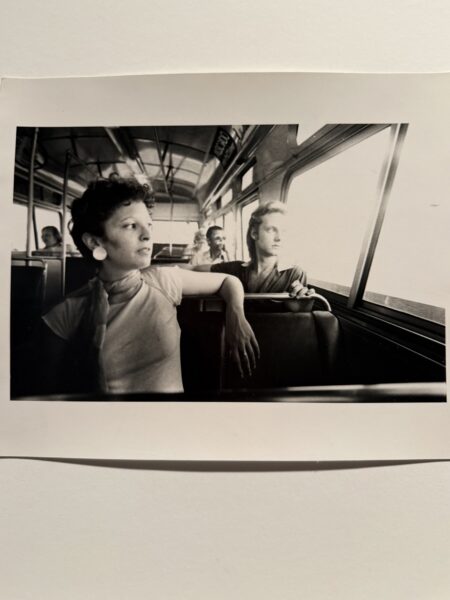
David Armstrong
Wade Guyton
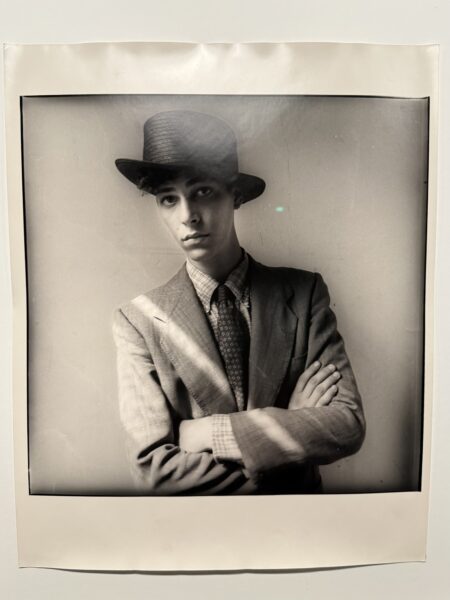
David Armstrong
Artist Wade Guyton, co-curator of the exhibition, generously undertook the task of cataloguing and preserving Armstrong’s archives, which had been stored haphazardly in a barn in Massachusetts (See here a report about Wade Guyton).
 Yves Saint Laurent
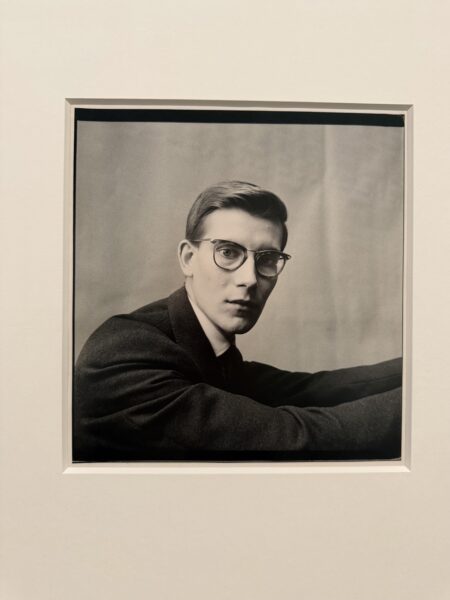
Irving Penn
Also at Luma, the exhibition “Yves Saint Laurent and Photography” touches on a similar theme: the happy days of a virtuosic couturier who would one day grow old. Curator Simon Baker—who is also director of the Maison Européenne de la Photographie in Paris—smartly chose to focus, above all, on the designer’s extraordinary photogenic presence. “Just as he used fashion to capture the spirit of his age, he also knew how to use his own image. He was likely the most photographed designer of his generation,” notes Baker.
 Simon Baker
The lineup of photographers is impressive: from a young Saint Laurent portrayed by Irving Penn in 1957, to the older man with dyed hair—a mask of his former self—captured by Juergen Teller in 2000( See here and here an interview of Juergen Teller), with stops along the way by Helmut Newton and, of course, Andy Warhol. Saint Laurent carefully cultivated his own image, as made explicit by the advertising slogan for his perfume Opium: “For those who surrender to Yves Saint Laurent.”( Pour celles qui s’adonnent Ă Yves Saint Laurent).
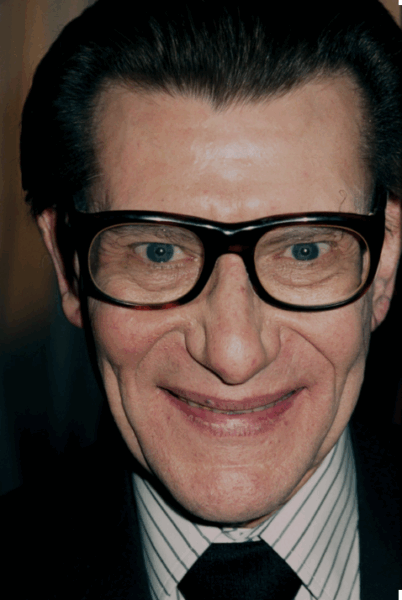
Juergen Teller
Afonso Pimenta
The “Rencontres” also brings captivating discoveries far from the realm of the rich and famous. Between 1970 and 1990, two photographers from Belo Horizonte, Brazil—JoĂŁo Mendes (born in 1951) and Afonso Pimenta (born in 1954)—documented the big and small moments of life in a favela in the state of Minas Gerais. No misery porn. No sensationalism. Just a kung fu champion, a disco king, andthe double of Michael Jackson caught in action; a little birthday girl in her Sunday best; a local beauty with an elaborate hairstyle… It’s deeply charming. More happy days…
“Les Rencontres de la Photographie Arles.” Through October 5. www.rencontres-arles.com
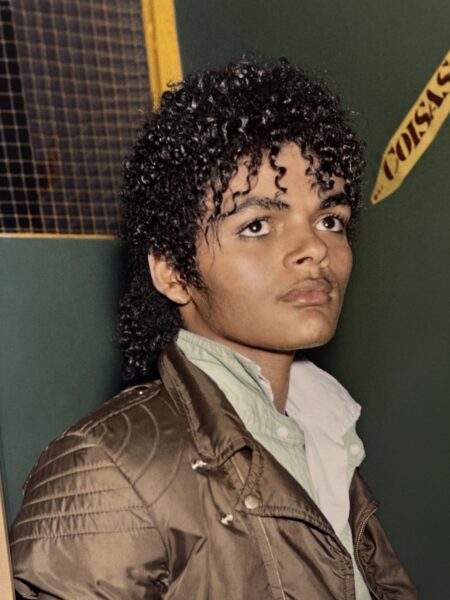
Afonso Pimenta
Support independent news on art.
Your contribution : Make a monthly commitment to support JB Reports or a one-off contribution as and when you feel like it. Choose the option that suits you best.
Need to cancel a recurring donation? Please go here.
The donation is considered to be a subscription for a fee set by the donor and for a duration also set by the donor.



